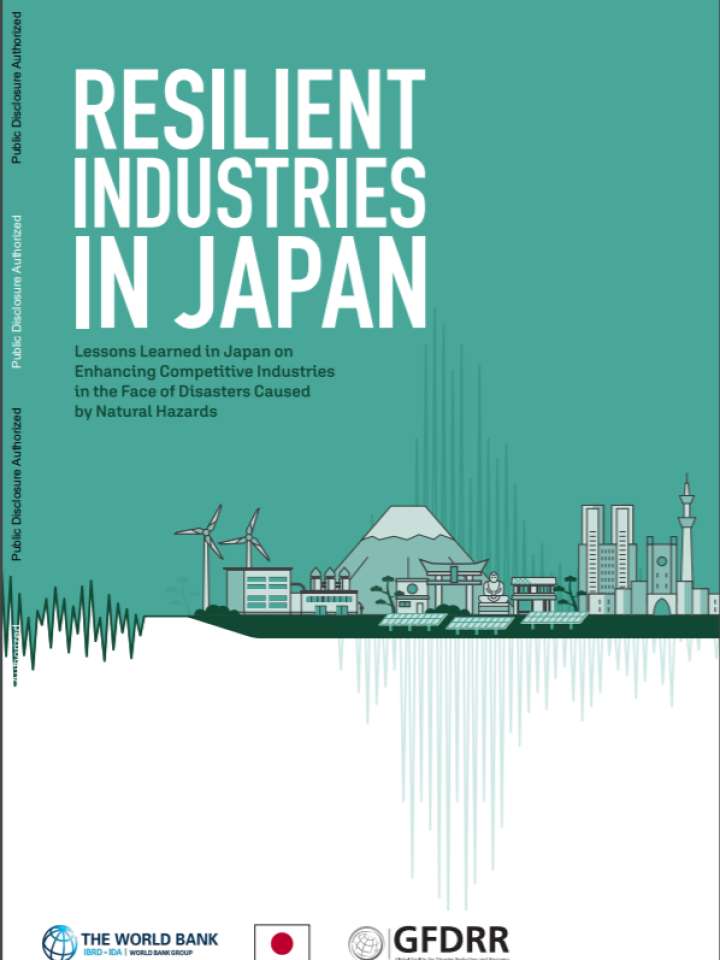Resilient industries in Japan: lessons learned on enhancing competitive industries in the face of disasters caused by natural hazards
Industries create jobs, catalyze investments, and bring technological advancement to a country. However, as industries expand across borders and become increasingly complex, so do their risks, including impacts from disasters and climate change. Disasters,1 including earthquakes and extreme weather events, are disrupting industrial activities and, as a result, undermining sustainable economic development in many countries. Their effects reveal the fundamentally interconnected nature of our global supply chain: even distant disasters can bring local industrial production to a halt. For example, the Great East Japan Earthquake (GEJE) ultimately affected more than 5,000 of the 30,000 parts used in General Motors vehicles, even though Japan was considered only a minor supplier for the Detroit-based company (Sheffi 2018).
The objective of this case study on Japan is to share lessons drawing upon Japan’s experience of industrial development in the face of diverse disaster risks. The report will focus on the manufacturing sector, given its importance to Japan’s economic development, and interconnection with extensive global value chains. The Japanese solutions for resilient industry gathered in this report complement those put forward in the World Bank report ‘Resilient Industries: Competitiveness in the Face of Disasters’ (forthcoming 2020), which includes a Resilient Industry Framework. This framework details several ways in which disaster and climate change considerations can be mainstreamed in the various industrial development investment projects the World Bank supports across diverse countries and regions.
Explore further
